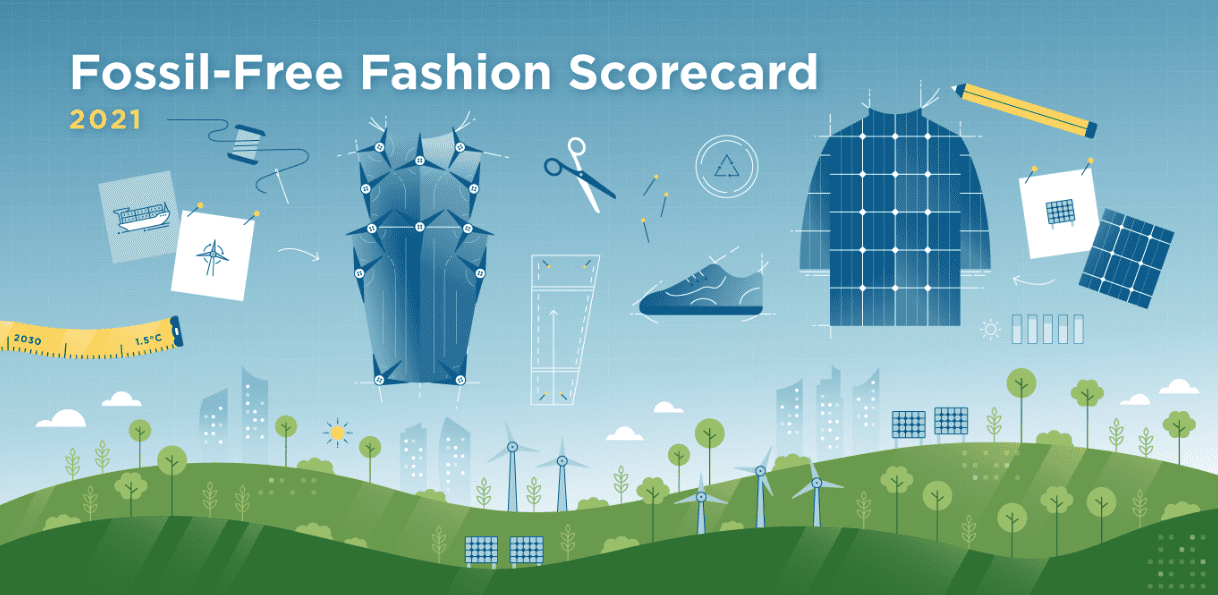"Bruce Atherley, Executive Director, Cotton Council International (CCI) recently said disposable, fast fashion has made a big contribution to the rise of synthetic, man-made fibres that are cheap to manufacture, though not easily recycled, leaving a damaging footprint on the environment. Unfortunately, scientific research also suggests that clothes made from synthetic fibres, such as polyester and acrylic, may damage the environment throughout their usage, by releasing hundreds of thousands of tiny synthetic particles in every wash."
 Bruce Atherley, Executive Director, Cotton Council International (CCI) recently said disposable, fast fashion has made a big contribution to the rise of synthetic, man-made fibres that are cheap to manufacture, though not easily recycled, leaving a damaging footprint on the environment. Unfortunately, scientific research also suggests that clothes made from synthetic fibres, such as polyester and acrylic, may damage the environment throughout their usage, by releasing hundreds of thousands of tiny synthetic particles in every wash.
Bruce Atherley, Executive Director, Cotton Council International (CCI) recently said disposable, fast fashion has made a big contribution to the rise of synthetic, man-made fibres that are cheap to manufacture, though not easily recycled, leaving a damaging footprint on the environment. Unfortunately, scientific research also suggests that clothes made from synthetic fibres, such as polyester and acrylic, may damage the environment throughout their usage, by releasing hundreds of thousands of tiny synthetic particles in every wash.
The good news is that increased level of awareness of this unsustainable product lifecycle has created a desire among brands, retailers and consumers to return to higher quality garments that are less damaging and retain their value for longer. Owing to this, there has been a greater demand for natural fibres, such as US cotton. In fact, US cotton exports are estimated to reach 15 million bales in the 2017/18 marketing year, which is greater than the February US Department of Agriculture (USDA) estimate of 14.5 million bales. US cotton export sales have also been very strong with early sales surpassing recent crop years.
Growing demand for cotton
Atherley says, the strong performance of US cotton is supported by the industry proactively adopting and implementing sourcing practices that put quality and responsibility at the heart of development. In 2017, the entire US cotton industry approved industry policy and established a Cotton USA Sustainability Task Force with the purpose of setting national goals for measurable continual improvements in key areas of environmental stewardship, farm productivity and resource efficiency such as land, water, air, input and energy use.
and responsibility at the heart of development. In 2017, the entire US cotton industry approved industry policy and established a Cotton USA Sustainability Task Force with the purpose of setting national goals for measurable continual improvements in key areas of environmental stewardship, farm productivity and resource efficiency such as land, water, air, input and energy use.
The US cotton industry is setting goals that are aimed at building on the strong environmental gains its producers already successfully achieved over the past 30 years. The specific goals to be achieved by 2025 are: reducing the amount of land needed to produce a pound of cotton fibre by 13 per cent; reducing soil loss by 50 per cent, in balance with new soil formation; increasing water use efficiency (more fibre per gallon) by 18 per cent; reducing greenhouse gas emissions by 39 per cent; increasing soil carbon in fields by 30 per cent; and reducing energy to produce seed cotton and ginned lint by 15 per cent.
Research commissioned by Cotton Incorporated in the US, UK, India, Germany, Italy, Mexico and China in May 2017 revealed consumers responded favourably to the idea that cotton could wick moisture better than synthetics. Some 61 per cent of participants said that ‘new and innovative cotton products can now be made to evaporate sweat more quickly, making them a superior choice in athletic wear’. This clearly shows that consumers are ready and willing to hear new ideas in technology, fashion and blends. As a leading sustainable organisation, Cotton USA believes that by continuing to educate, connect and inform everyone in the supply chain about the potential of natural fibres, it can help to build a more environmentally friendly and sustainable industry.












